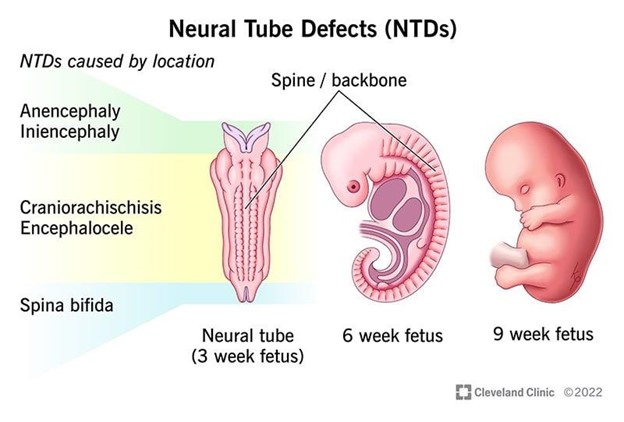Evidence has demonstrated that we can do a great deaI to prevent and minimalize the occurence of CTE (Concussion Tramatic Encephalophy), damage due to repetitive head injuries. Which of the answers below are true:
You do not need to lose consciousness to suffer a concussion,
You will suffer permanent brain damage
We encourage fluids after a concussion
Bleeding always occurs with a concussion
The Correct Answer is A
A. You do not need to lose consciousness to suffer a concussion.
This statement is true. Concussion is a type of traumatic brain injury (TBI) that can occur without loss of consciousness. Many concussions happen without the person losing consciousness at all.
B. You will suffer permanent brain damage.
This statement is not necessarily true. While some concussions can lead to lasting effects, not all cases result in permanent brain damage. The severity and long-term effects of a concussion can vary widely.
C. We encourage fluids after a concussion.
This statement is true. Adequate hydration is important after a concussion. Staying hydrated can help support the brain's recovery process.
D. Bleeding always occurs with a concussion.
This statement is not true. Concussion is defined by the disruption of normal brain function due to a blow or jolt to the head or body, and bleeding is not always a necessary component of a concussion. However, more severe head injuries could involve bleeding and would not be classified as just a concussion.
Nursing Test Bank
Naxlex Comprehensive Predictor Exams
Related Questions
Correct Answer is D
Explanation
A. Polyuria (excessive urination) is not a symptom of hypoglycemia; it is more commonly associated with hyperglycemia (high blood sugar).
B. Deep rapid respirations are more characteristic of diabetic ketoacidosis (DKA), a complication of uncontrolled diabetes that leads to high blood sugar levels and metabolic acidosis.
C. Dry, flushed skin is not a typical symptom of hypoglycemia; it might be associated with conditions like dehydration or heat exposure, but not with low blood sugar.
D. Tachycardia
Explanation: The symptoms described by the adolescent (feeling shaky, difficulty speaking, difficulty concentrating) along with a blood glucose level of 55 mg/dL indicate hypoglycemia, which is low blood sugar. Tachycardia, or a rapid heart rate, is a common physiological response to hypoglycemia. The body increases the heart rate in an attempt to improve blood flow and deliver glucose to the brain and other vital organs. This is part of the body's fight-or-flight response to low blood sugar.
Correct Answer is A
Explanation
A. Spina bifida.
Explanation: Correct Choice. Spina bifida is a neural tube defect (NTD) that occurs during early fetal development when the neural tube doesn't close completely. It can result in various degrees of spinal cord and nerve damage. This is a suitable example to include when teaching about neural tube defects.
B. Hydrocephalus.
Explanation: Hydrocephalus is not a neural tube defect itself. It's a condition characterized by the accumulation of cerebrospinal fluid in the brain, leading to increased intracranial pressure. It can be caused by various factors, but it's not directly related to neural tube development.
C. Cerebral palsy.
Explanation: Cerebral palsy is a group of motor disorders caused by damage to the developing brain, usually before birth. It is not a neural tube defect. Instead, it's related to brain injury or abnormal development.
D. Muscular dystrophy.
Explanation: Muscular dystrophy is a group of genetic disorders characterized by progressive muscle weakness and degeneration. It's not related to neural tube defects. Muscular dystrophy affects muscle tissue, while neural tube defects involve improper development of the neural tube.

Whether you are a student looking to ace your exams or a practicing nurse seeking to enhance your expertise , our nursing education contents will empower you with the confidence and competence to make a difference in the lives of patients and become a respected leader in the healthcare field.
Visit Naxlex, invest in your future and unlock endless possibilities with our unparalleled nursing education contents today
Report Wrong Answer on the Current Question
Do you disagree with the answer? If yes, what is your expected answer? Explain.
Kindly be descriptive with the issue you are facing.
